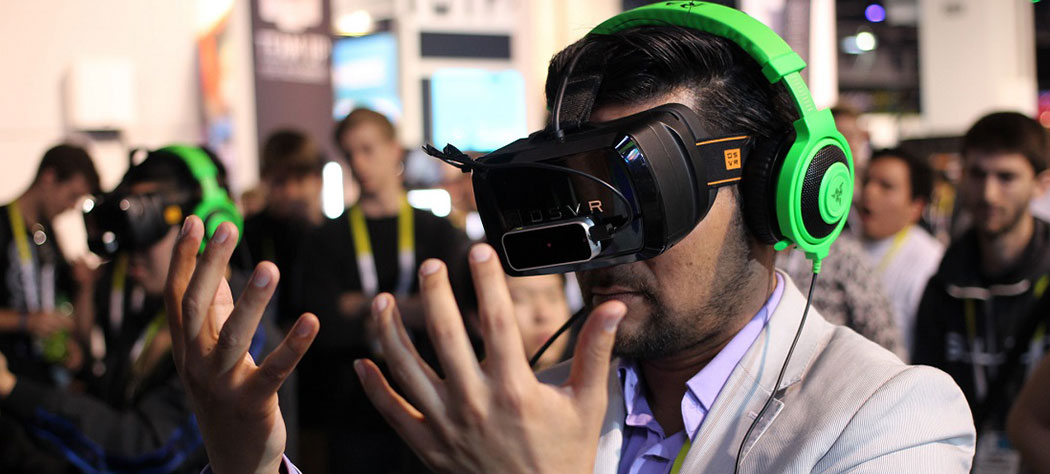
Virtual and augmented reality technologies are no longer purely the preserve of the gaming industry. A study by PWC last year showed that almost a third of manufactures surveyed said they were either already using VR or planned to do so in the next 3 years. The figures were about the same for AR.
Prices of head mounted displays (HMDs) are predicted to drop by 15% each year from 2017 onwards and this falling cost of hardware will make the technology accessible for many more businesses.
The immersive nature of AR and VR are the perfect medium by which to connect with both employees and customers and early adopters quickly recognised its potential. Industrial applications are developing apace and the benefits of the technology are now being exploited across many industrial and business sectors.
4 sectors embracing VR/AR in 2017
Automotive
Jaguar built their first VR centre as long ago as 2007. Their current virtual innovation centre allows the development of virtual prototypes which engineers and designers can test, develop and refine without the need for all the traditional physical prototypes which were previously the norm.
Their VR CAVE (computer aided virtual environment) allows for the 3D projection of computer generated images onto 3 walls and the ceiling which enables the user to experience, move or dismantle the car or any part of it.
JLR are also using VR to help them sell their cars, encouraging customers to take a virtual tour of a vehicle, and interact fully with it, before the model has even reached the showroom.
Manufacturing
Voice controlled AR glasses on the production line do away with the need for technical drawings and assembly instructions as they are available hands- free, in the field of vision.
AR also has great potential in the maintenance field and Mitsubishi unveiled its latest 3D technology in this area late last year. Again, smart glasses and voice technology allow the technician to confirm the order of the inspection and its results by voice, even in noisy environments, and is anticipated to be used in the inspection of water treatment plants and the building of electrical systems.
Supply Chain
AR is set to revolutionise warehouse operations as this video showing DHL/Ricoh’s “vision picking” demonstrates. The smart glasses allow hands-free order picking, eliminating the need for hand held scanners and manual pick lists. Vision picking improves productivity and reduces errors and initial testing showed promising feedback on user acceptance and usability.
Construction
There are obvious VR applications within construction – creating a virtual version of a project that users can interact with means projects can be refined and problems detected early in the design process. This should help with cost reduction and also reduce the number of errors in the completed building. VR can also be used in the planning process to help planners understand the nature of a building and its relationship to its setting in a way that has not been possible before.
Conclusion
The true potential for AR and VR within industry will be realised over the next few years as innovative applications are developed and we embark upon what many have called “the coming of age” of these technologies. They will be central to advances in everything from product design and development to virtual tours and remote skills training. Most importantly, perhaps, they will facilitate regional/global collaboration in a way which has not been possible before.
Simon Owens, MD, Kaizen Talent Solutions. July 2017.
